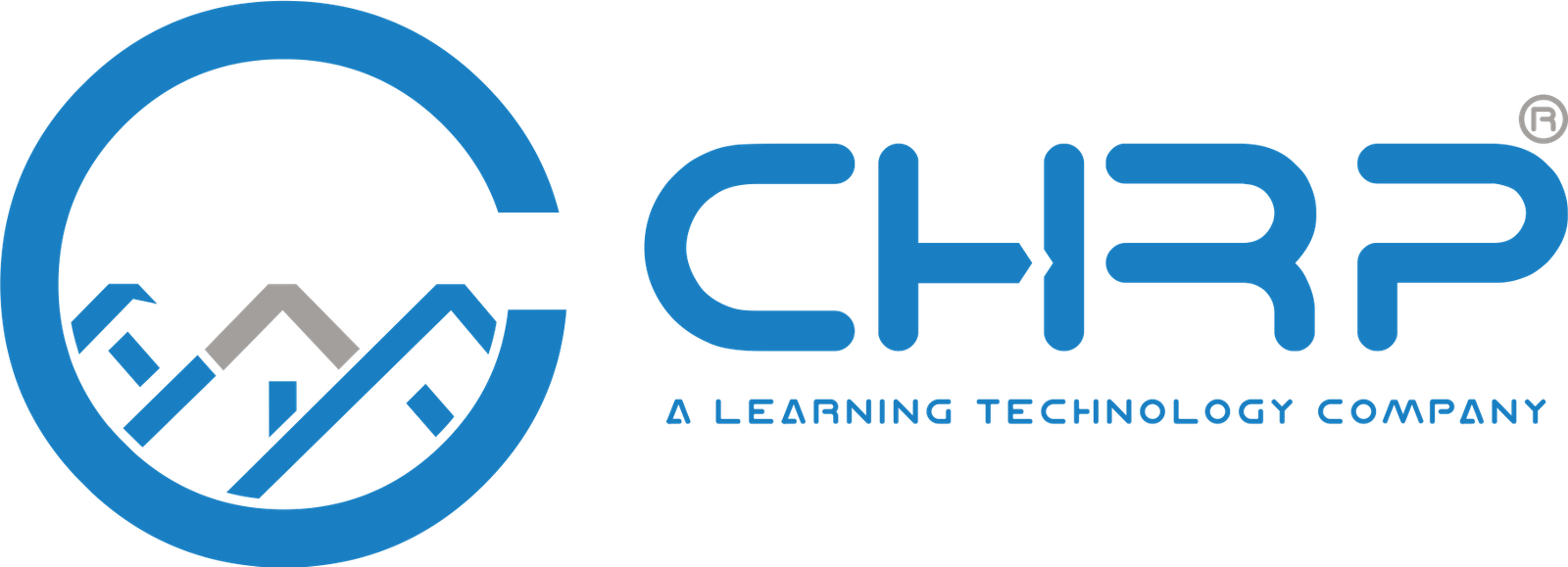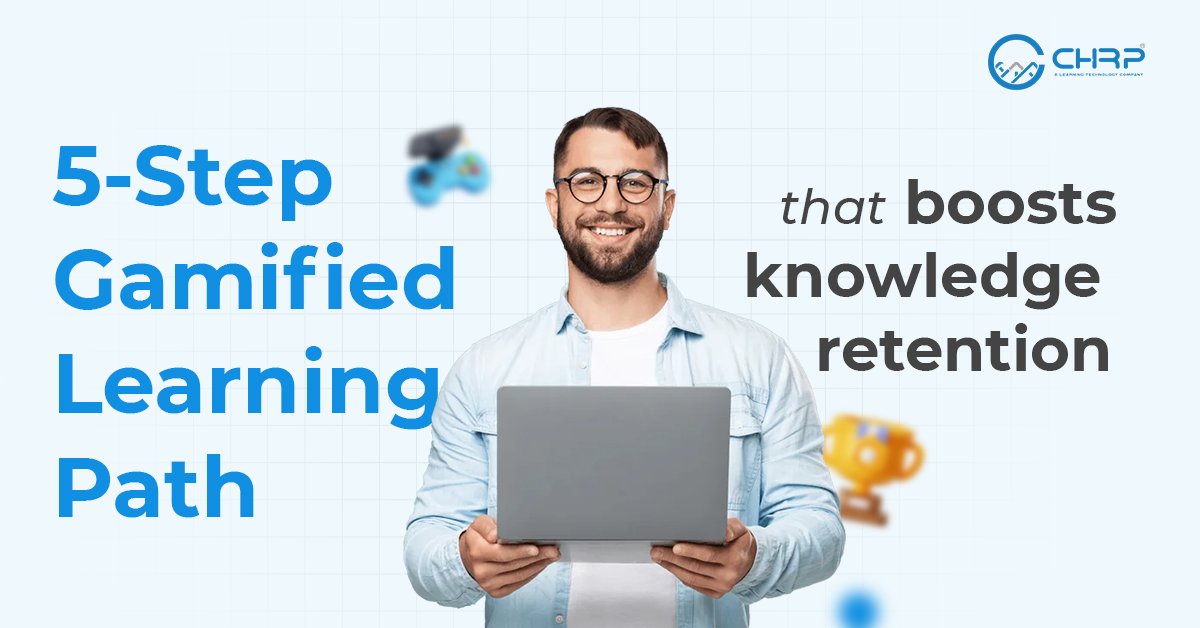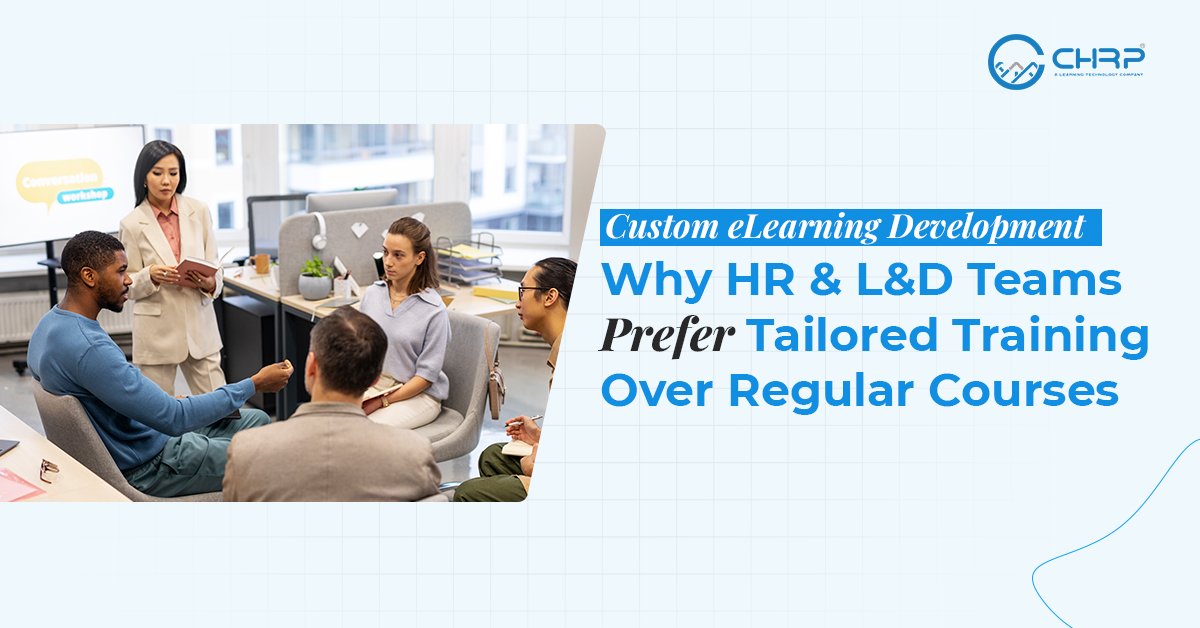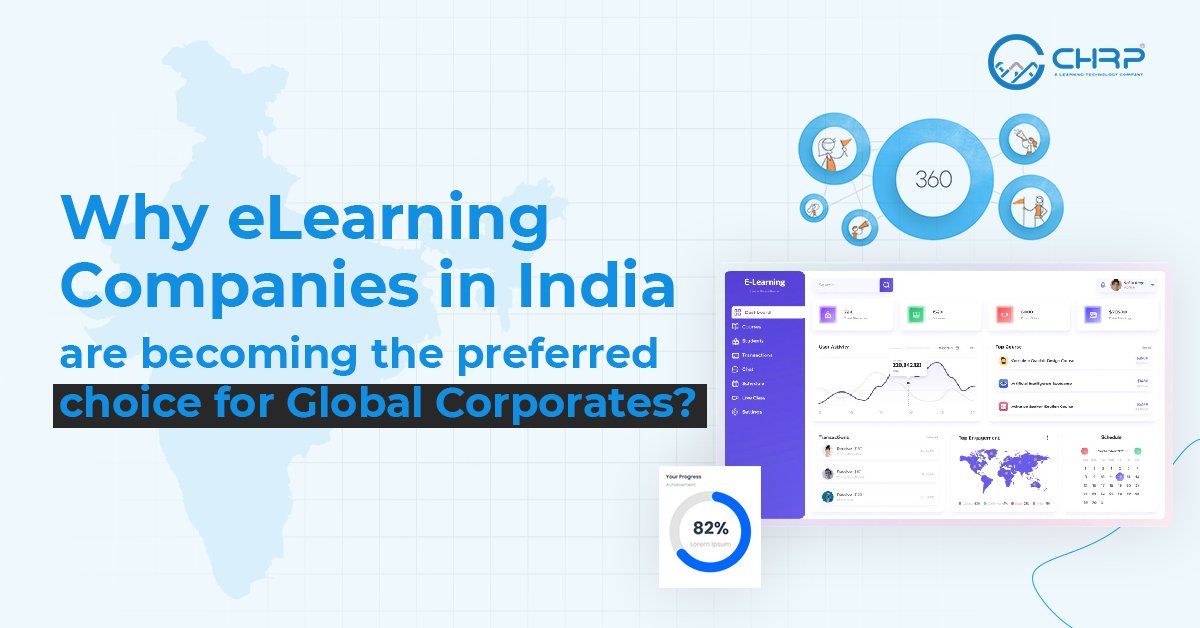In today’s competitive talent economy, performance of a successful training program isn’t just the percentage of completions; it’s retention. When a new hire leaves in the first year of service, costs – recruitment, separation, and lost productivity – can quickly exceed $40,000 per person. This staggering expense has driven progressive organizations to rethink the whole new hire onboarding process. The main strategy that is emerging to beat high new hire turnover and maximize workforce readiness is Gamification. Through the use of proven game mechanics – points, challenges, badges, and leaderboards – on structured eLearning, companies are transforming passive orientation into an engaging, inspiring path to mastery. Not only is this innovative technique fun to train with, but it creates immediate loyalty, decreases new hire turnover by as much as 25%, and radically shortens the time-to-competency for critical positions.
The 5-Step Gamified Learning Path for Maximum Retention
Installing a revolutionary transforming gamified program is not a simple add-on; it is an organized process completed in five different phases. Each phase, supported by a robust Learning Management System (LMS), builds upon the other to make the training legitimate, engaging, and measurable.
Step 1: Define the Mission (Goal & Skill Alignment)
Before designing any badge, the learning goals must be clear and directly related to business results. This step defines the “win state” of the employee.
KPI Alignment: Translate business goals (e.g., reducing support call time, enhancing compliance percentage) into measurable learning outcomes.
Skill Mapping: Identify the critical skills required for the job and divide the training into discrete, incremental “Quests” or “Levels”.
Narrative Design: Develop an interesting story or theme (e.g., “The Customer Service Champion’s Journey”) to imbue the entire experience with purpose and emotional depth.
Step 2: Construct the Arena (Structure & Micro-Learning)
At this step, split the conventionally daunting onboarding content into bite-sized, game-conducive pieces, served via the LMS.
Micro-Learning Modules: Subdivide lengthy sessions into 5–10-minute modules (eLearning) that can be consumed instantly and applied directly.
Interactive Challenges: Include quizzes, scenario-simulations, and decision-tree exercises where the new employee has to apply knowledge, not just read it.
Visible Progress: Include features like progress bars and checklists, so that the new employee always knows where they start and how far they have to go, combating information anxiety.
Step 3: Drive Engagement (Points, Badges, & Social Recognition)
This is where the game’s mechanics ignite motivation, leveraging intrinsic and extrinsic motivators so players acquire knowledge of retention and play at high levels.
Points and Scoring: Reward points not only for achievement, but for high scores, for speed, and for multiple attempts to encourage mastery.
Digital Badges: Issue distinctive, meaningful badges (digital credentials) for competency at skills and soft-skill achievements (e.g., “Culture Champion,” “Security Sentinel”). This provides public recognition and social validation.
Leaderboards & Teams: Employ individual and team leaderboards to institute friendly competition as well as peer-to-peer work – a critical move in creating early company relationships and curbing loneliness.
Step 4: Fasten Competency (Real-World Application & Feedback)
Gamification’s true strength lies in its simulation of real-life scenarios, which greatly decreases time-to-competency.
Immediate Feedback Loops: Provide immediate, context-specific feedback after every challenge or scenario so the new hire can rapidly learn from mistakes without real-life consequences.
Scenario-Based Training: Use high-fidelity simulations where new hires practice difficult tasks, such as resolving a difficult customer service call or addressing a compliance infraction. Mastering each pushes the next, progressively harder “Level.”
Mentorship Integration: Integrate “Mentor Checkpoints” or “Boss Battles” where completing a level of the game opens up a face-to-face project or meeting with a senior colleague, marrying eLearning with personal human growth.
Step 5: Measure, Iterate, and Scale (LMS Analytics)
The final, ongoing step leverages facts to prove ROI, measure acquisition of skills, and continuously optimizes the program to maintain low new hire attrition rates.
Performance Analytics: The LMS tracks such critical measures: completion rate, time-to-competency (against non-gamified cohorts), challenge success rates, and the critical correlation between high levels of engagement and retention rates.
Skill Gap Identification: Use quizzes and challenge data to discover individual modules or skills upon which a cohort is falling short so that L&D can focus on content development in advance.
Reward Evolution: Refresh and renew rewards and challenges periodically so that the program does not become stale tasting and the gamified learning path remains an ongoing, motivational tool for new as well as existing employees.
The Role of the LMS in Enterprise Learning Management
To successfully scale this strategy and achieve those measurable reductions in new hire attrition, a modern Learning Management System isn’t a luxurym – it’s the necessary infrastructure.
The right enterprise learning management system must seamlessly handle:
- Content Delivery: Hosting engaging, interactive modules, ideally in those short, micro-learning formats ideal for gamified progression.
- Progress Tracking: Assigning points, issuing badges, and managing leaderboards automatically, freeing your L&D team from manual administrative work.
- Performance Analytics: Providing the granular data you need to measure the ROI, correlating high engagement directly with positive retention and performance metrics.
By centralizing and automating this entire experience within the LMS, you ensure consistency, maximize reach, and transform your training department into a strategic partner dedicated to solving one of the business’s most significant hidden costs: new hire attrition.
The numbers speak volumes: an engaged employee is a retained employee. By investing in this dynamic, gamified approach, you secure a future with higher retention, faster productivity, and a much more loyal, skilled workforce.
Contact CHRP-INDIA today to build a custom elearning solution that makes your new talent stay and thrive. Your quest for world-class talent starts here.



